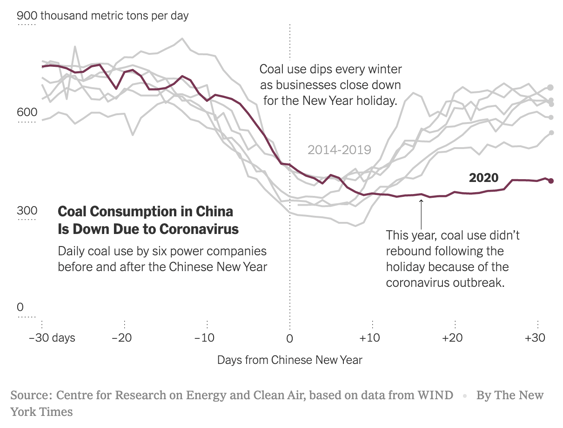
Blog
The Coronavirus and Carbon Emissions
3 March, 2020

Check out other articles
Blog


Empowering Private Equity through Sustainability Integration
14 April, 2025 / Events,
Blog


Streamline Sustainability in PPP Projects with Rio AI
18 March, 2025 / Industry, Innovation, and Infrastructure, Decarbonisation,
Blog





